Category: Basic Sciences
-
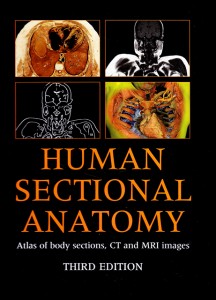
Book Review: Human Sectional Anatomy (2009) by Professor Harold Ellis
Human Sectional Anatomy: Atlas of body sections, CT and MRI images (2009) by Professor Harold Ellis is an exceptional anatomy book on many different levels. First, it shows you cadaveric sections that have been dissected in three dimensions to highlight some of the three dimensional sections of (what should have been) a two dimensional cut. It’s pretty hard to…
-
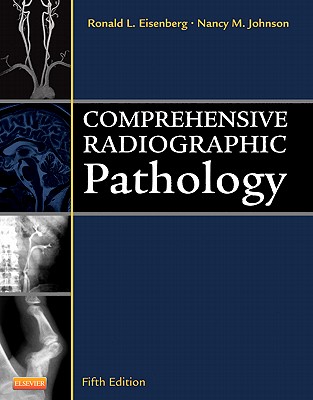
Book Review: Comprehensive Radiographic Pathology
Radiology and pathology are so intimately linked–with the former being essentially a field that is dedicated to the interpretations of shadows of the latter–that one would expect to find at least a few dozen comprehensive books about radiologic-pathologic correlations. There are, in fact, only a small handful of them in existence, with Comprehensive Radiographic Pathology (2011)…
-
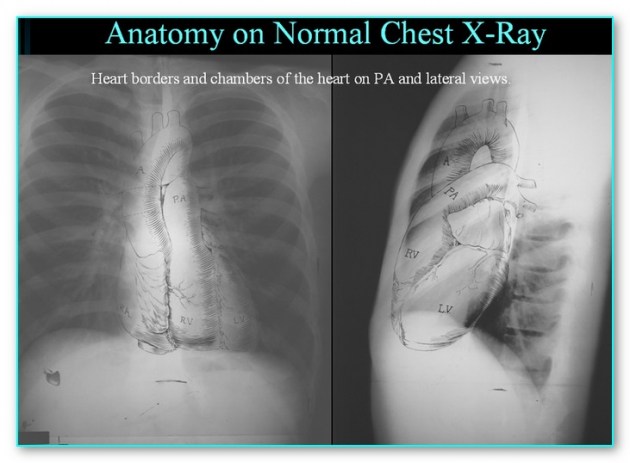
One of the most important images in all of clinical medicine: anatomy of the PA and lateral chest radiograph
The image below, an artistic superimposition of a drawing of chest cardio-vasculature onto a normal PA and lateral chest radiograph is, in my view, one of the most important images in all of clinical medicine. Source PowerPoint presentation by Dr. Gillian Lieberman on radiographic chest anatomy and from the Medicine Explained blog.
-
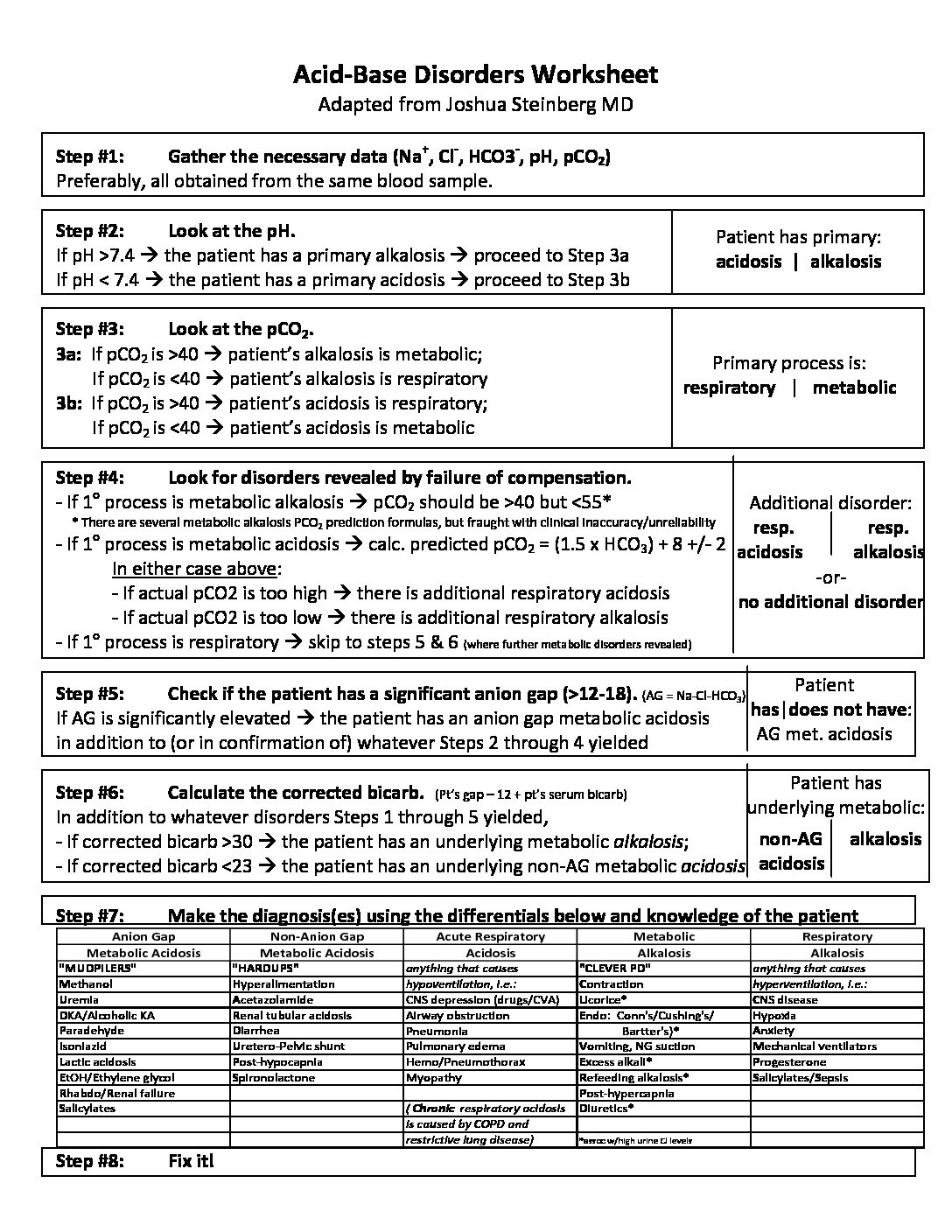
A Definitive Acid-Base Disorders Worksheet
This Acid-Base Disorders Worksheet is one of the best acid-base algorithms I have ever seen. It is an adaptation from Joshua Steinberg MD, sent to me today by Dr. Dontu, academic hospitalist at York Hospital, York PA.
-
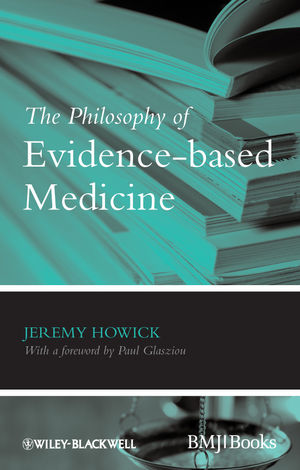
Book Review: The Philosophy of Evidence Based Medicine (2011)
Richard Feynman, a Nobel Prize-winning physicist, once said: Science is a way to teach how something gets to be known, what is not known, to what extent things are known (for nothing is known absolutely), how to handle doubt and uncertainty, what the rules of evidence are, how to think about things so that judgments…
-

Multiple Endocrine Neoplasia (MEN) Syndromes – Mnemonic
This will help you keep the multiple endocrine neoplasia syndromes straight in your head: MEN1: the number “1” in MEN1 should remind you of primary or prime number. MEN1 involves things that start with the letter P: Pituitary adenoma Parathyroid hyperplasia Pancreatic islet cell tumors (gastrinoma, insulinoma, glucagonoma) MEN2A: happens to involve the letter C (This is MEN2A, so there are…
-
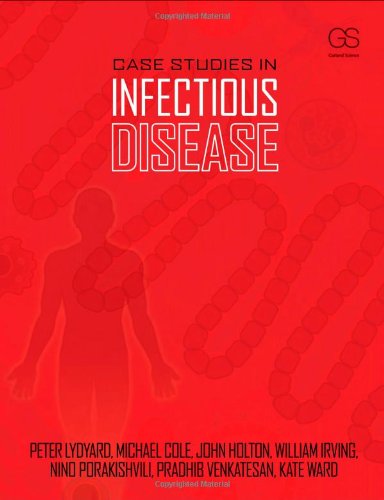
The 40 Most Burdensome Pathogens in the World
A list of the 40 most burdensome pathogens, in terms of worldwide morbidity and mortality, can be found here. The list includes some of the more obvious pathogens such as Mycobacterium tuberculosis, Plasmodium spp., Human immunodeficiency virus, Influenza virus, Escherichia coli, Streptococcus pneumoniae and Staphylococcus aureus. Less obvious entries are Leptospira spp., Wuchereria bancrofti, and Parvovirus. Not included in…